Protein Soda Review Time!
Tasteless, pure, milk-derived protein has hit the shelves, and it's really good.
Have you ever wondered what would happen if you took whey powder and got really serious about filtering it? Like, so serious that there was no fat, no lactose, and all that was left in it was protein? Some people wondered the same thing, and then did it.
I don’t really like the taste of protein powder, and I know I’m not alone. But protein powders are a great way to get lots of protein fast, so, like many of you, I suck it up and chug the stuff. That’s part of why I’m so excited about the recent invention of clear whey: the same milk-based protein in whey powder, but purified to the point where there’s almost no fat or lactose and the product you get comes out clear.
To my mind, clear whey is an amazing feat of food processing. It takes typical chunky, chalky, whey powder and leaves behind a light, clear, and practically tasteless powder that can be mixed into practically any drink with minimal added grit. The result leads to something more like fruit juice than a milkshake.
I really am amazed with this stuff. The advent of clear whey means people can get protein they need to live, maintain muscle, and even bulk, from soda pop. In fact, I’m doing that right now. I am currently drinking a delicious, blue raspberry lemonade-flavored can of pop with just 130 calories, zero grams of fat, less than one gram of sugar, and a whopping thirty—yes, really—grams of protein, and it only cost me $2.1
For the past few days, I’ve been drinking different clear whey products, so now I feel confident leaving some reviews. If you want to learn more about clear whey, I’ll attach some reading material at the end. If you want to read my reviews, just scroll.
The Products
Sparkling Protein by Genius Gourmet Inc.
The first product I’m going to review is the one that introduced me to clear whey. This is Genius Gourmet’s blue raspberry lemonade-flavored Sparkling Protein.
Taste: The flavor of Sparkling Protein is reminiscent of a can of OLIPOP or poppi. It’s not bad, but it’s not great. It is good enough to crush cans of it like programmers crush Diet Cokes, without feeling any revulsion. My spouse described the taste as something similar to an alcoholic drink mixer, and my friends who helped with taste-testing agreed. All six of us concurred that this would actually be great as a drink mixer, but we haven’t tried it like that yet. Three of us were excited and the rest were ambivalent to hear from 8vc that this is going to be coming in a 5% ABV version soon.
Texture: The texture of this stuff is clean. It is not foamy or frothy per se, but it is definitely thicker than normal soda pop. It is less thick than OLIPOP, and it has no chunks in any of the cans I’ve tried so far. If you’re familiar with prebiotic sodas, the film this leaves over your teeth is similar, but less aggressive, and it comes off with a flick of the tongue if you have a normal level of saliva. This soda does not lead to a dry mouthfeel.
Nutrition: The nutrition label on this stuff is sparse, and that’s both a good and a bad thing. The upside is the short list of entirely anodyne ingredients should be inoffensive to everyone, and no alarm bells should be set off. The exception is for sucralose (better known as Splenda), which some people have scientifically contraindicated negative feelings towards, mostly for reasons to do with gut health. There’s no merit to those beliefs, so I’ll just say that the ingredient list is inoffensive.
The nutritional facts are great. This really is like a diet soda, just with protein syrup blended in. The only issue on this label, and the main issue with this product, is that the company might be concealing issues regarding its protein quality. Specifically, the % Daily Value is missing for protein. Per federal regulations, that number corresponds to the grams of high-quality protein out of fifty. If all the protein in this drink is high-quality, it should be 60% of the recommended daily value, but instead, they’ve opted to keep that number off, which is within their right. The problem with this is that they have another protein source listed in their ingredients list: bovine collagen peptides. Therefore, the actual high-quality whey component might be as little as half of the protein in this.
Fifteen grams is still good, so there’s not much to complain about, but this is still an alarming omission for an otherwise exceptional looking product. If the company wants to do right by its customers, they’ll need to clarify the %DV.2
Price: You can get Sparkling Protein for $32.90 for fifteen cans from Costco, but it’s sold out in many major cities—with good reason! I managed to get this for just $1.99 per can.
Overall, I rate Sparkling Protein as a good deal, an easy way to supplement protein intake, and a tasty drink worthy of 4/5 stars, with the option for another half-star here or there if the company clarifies the issue with their protein quality, and depending on the favorability of the update. If they fail to update and I have to do the testing, I’d knock off a star if the quality came back poor, and maintain at 4 otherwise.
Tropical Limon Sparkling Protein Water by Fizzique
Sparkling Protein Water by Fizzique is an older product. I’m a bit surprised I wasn’t aware of it, but I suspect that the reason we’re talking about clear whey right now is that a product went viral on X, and that’s all.
Taste: Not great! I did not like the taste of this brand, but I was only able to get the Tropical Limon flavor. I would say that it’s like actual sparkling water, and in that sense, it’s dull and I’m not a fan of drinking it on its own. My co-reviewers mostly agreed, but two of them regularly drink sparkling water, and they thought it was fine in so far as that goes. The problem is that this left behind a strange aftertaste that makes it less pleasant to drink than normal sparkling water.
Texture: Not chunky, but definitely chalky. The texture of this drink afterwards was just not pleasant, and it didn’t come off quickly. I had to actually brush my teeth to get rid of all of it in a timely fashion.
Nutrition: Great! Ninety calories for twenty grams of high-quality whey protein, with a little bit of caffeine to boot (that’s a good thing). It lives up to its keto-centric marketing.
Price: $2.99 per can, but good luck getting it. I’m not sure this product is sold by its producer anymore, and every normal store I tried to get it from didn’t have any. Given that, maybe this was spoiled. It didn’t seem spoiled and it didn’t lead to any stomach issues when I drank it, so I’m doubtful about that, but who can say?
Overall, I would not recommend Fizzique. It feels like an earlier iteration of clear whey soda, and it tastes like it, too. It came out in 2018, and from what I’ve read, clear whey has come a long way since. I’d give this a 1/5, just because I found it so unpleasant. The average score for the other raters rounded to 2/5.
Lightly Carbonated Protein by Bucked Up
Lightly Carbonated Protein had a ton of different flavors available, so I tried several, and my co-reviewers just picked what they thought would be their favorite.
Taste: Everyone really liked what they tasted, and when I brought up that these drinks had the flavor of yoghurt, everyone agreed. So if you’re familiar with the fruity flavor of Yoplait, you know what these taste like. I enjoyed Cherry Limeade, Orange Cream, and Peach Mango. I loved Green Apple. I thought I would enjoy Banana Pineapple, but I actually found it to be a repellant flavor, with too much pineapple, and not enough banana. If you’ve had the OLIPOP banana flavor, just imagine that but rancid, and you have Banana Pineapple. The Frosted Lemonade flavor was too acidic, and Rainbow Candy was far too sweet.
Texture: This has the classic texture of a lightly-carbonated soft drink. It’s thinner than Sparkling Protein, which is nice. Most flavors do not leave an aftertaste, but some do. This comes off quickly in every case, and it wasn’t repellant enough to make me want to put the drink aside, except in the case of Banana Pineapple, which was just bad in general.
Nutrition: Stellar! 100 calories, no fat, no carbohydrates, and twenty-five grams of protein that’s entirely the high-quality stuff. The ingredients are a bit more artificial than the previous two offerings, but that isn’t actually a bad thing, it’s just something that a lot of people will be uneasy about.
Price: I got these for $3.99 per can, which is better than the prices I see online at most places. You should expect to pay closer to $5, with a lot of places selling it for $4.68 or $4.99 per can. This is the most expensive offering so far, but it’s easy to find this everywhere, so at least it’s available.
Overall, I can thoroughly recommend Bucked Up, but you have to try multiple flavors. The flavor diversity is nice, but some of them are just awful and what works will definitely be a matter of taste. I actually thought some of the flavors would be neutral, appropriate as general-purpose mixers like Diet Coke, but that didn’t turn out to be the case. 4.5/5 for my favorite flavor, 4 for the rest.
Protein Water by Vertical
Protein Water was not carbonated, and it was more like Vitamin Water than I’d like it to have been.
Taste: The Berry Blitz flavor was a basic berry flavor, like you’ve probably had a million times. Cherry Lime Chill was actually quite refreshing, and like a normal cherry limeade. Watermelon was also basic, and Tropical Crush tasted too acidic for me, but the other reviewers liked it.
Texture: The texture was like a slightly thicker Vitamin Water. No weird aftertaste to speak of, no chalkiness, nothing, but you could tell this was sweetened to cover something.
Nutrition: Great! The ingredient list was superbly minimalist, the protein was fully high-quality whey, and the only issue—not for me, but for some people—was the sucralose, same as the other offerings. 80 calories with twenty grams of protein is a tremendous offer.
Price: The typical price is $3.33 per bottle, but I shopped around and got this stuff for $3 per bottle.
Overall, I recommend Vertical’s Protein Water. I give this a 3.5/5 since it’s not soda pop and I wanted soda pop, but the other reviewers gave it a 4/5. It had the taste drawbacks of Vitamin Water, so keep that in mind.
Kool-Aid Tropical Punch Clear Protein RTD by RYSE
Clear Protein RTD was the first offering that I saw had another brand on it. It’s actually branded with Kool-Aid on the front!
Taste: They did it. They made protein Kool-Aid, with a slight, ignorable chalky after-taste.
Texture: It’s actually just slightly thicker Kool-Aid. We made some Kool-Aid for comparison, and they were definitely distinguishable and this was definitely somewhat worse in terms of texture and taste, but it was still great.
Nutrition: Another great product! Twenty-two grams of protein, one gram of carbohydrate, and no fat, with a fairly artificial ingredient list that’s still highly acceptable to reasonable people.
Price: You can get this for $2.99 per bottle very easily, but the more common price is $3.33. I got this for $2.59 per bottle with a little searching.
Overall, I can recommend the Kool-Aid flavor of this drink, but I’m only giving it a 3.75/5. It matches the flavor of the real, non-protein item and it’s reasonably-priced, but it’s not soda pop. The other reviewers round up to 4/5.
Thanks to Michael Druggan for pointing me towards RYSE and their offerings. I’ve got orders for the Country Time Lemonade, Jell-O Island Pineapple, and Key Lime Pie flavors, but I didn’t have them by the time I wrote this review.
Frosted Lemonade Clear Protein Drink by Clean Simple Eats
Clear Protein Drink was the worst item we tasted, so I saved it for last.
Taste: This is supposed to be similar to the frosted lemonade at Chick-Fil-A, but it is not. There’s an overly strong lemony taste, the aftertaste is metallic, and this just isn’t sweet enough. This taste just wasn’t pleasant enough to crush cans of this, and the can slightly smelled, too.
Texture: Totally fine, and comparable to Sparkling Protein. This would make for a good mixer if it tasted better.
Nutrition: Great! Ninety calories for twenty grams of high-quality whey protein is superb. The ingredient list on this is more hokey (note the unnecessary and misleading “Grass-Fed”, “Filtered Water”, “Stevia Leaf Extract”, and “Carbonation” items) and artificial than the other offerings, but that’s no big deal.
Price: Apparently it’s $42.99 for a 12-can pack, or $3.58 per can. But I didn’t pay for this, so I don’t really know. I got this from a local influencer who I met at a party. The really remarkable thing is that she had a recent, unopened leftover can. That’s remarkable because she’s very fit, so I would’ve expected her to drink this already if it was good. But it just wasn’t good. All the reviewers didn’t get to try this one, but I think they’d agree with me if they’d had the opportunity.
Overall, I would not recommend Clean Simple Eats’ Clear Protein Drink, and I would give it a 2.5/5 rating. It’s not the worst thing in the world, and I might revisit other flavors in the future. I don’t think the bad flavor was due to the protein.
Final Notes
I actually have a lot more protein drinks ordered, but I wanted to get a review out, so I’m starting with these six. So, briefly, my opinion on clear whey products so far is, in a word, “impressed”.3
Clear whey seem to be a simple, quick, and healthy way to get lots of protein into your diet. Clear whey drinks don’t lead to gastrointestinal issues for me, my spouse, or my friends, and they don’t eat up your hunger very much either. That last bit is important, because these might be a good way for people on GLP-1RAs to get their protein needs met even though it’s hard for them to get food down. That seems like a major weight loss win that my subscribers will be happy about.
If the future of clear whey products is more tasty drinks with colorless, odorless, tasteless, bulk low-grit protein added, then I think the future of these products will be fruitful. Since this protein source also works well in coffee, alcoholic drinks, and on top of foodstuffs, I’m sure we’ll see it being used even more broadly than in soda pop, energy drinks, and workout drinks. In the near future, we might all be consuming massive amounts of whey.
Reading Material
The development process for clear whey is fascinating. I’m going to stylize it, so bear with me.
A beverage team wanted protein that could disappear in a fruit drink—no milkiness, no haze (i.e., low turbidity)—at a tart pH. But there’s a problem with most protein sources, and it’s that they clump and throw a fog at the pH fruit drinks live at, around the protein’s isoelectric point. So in the early development of clear whey, everything looked like watered-down yoghurt.
So, researchers worked the problem the way any process-oriented person would: they tightened the loop between hypotheses, trials, and measurements, and gave the whole thing a few passes.
In the first pass, they swapped the protein. Whey protein concentrate was out because it had too many minerals and residuals that encourage haze. Whey protein isolate was swapped in— it’s cleaner, lower ash—and this helped, but only a little. Turbidity meters still screamed “cloudy” and the human eye could usually tell, too.
In the second pass, they controlled the ions. They dialed down calcium and phosphate, tested deionized water, played with ionic strength… clarity improved, but still not enough.
In the third pass, they changed when the acid hits. Dumping citric or malic acid into a neutral protein slurry was creating localized pH shocks and microaggregates that never fully redispersed. Pre-acidifying the protein and then spray-drying it—so the powder arrived ‘at pH’—produced a much better first mix. You might actually drink this stuff at this point.
In the fourth pass, the researchers tried to tame the heat. Heat is required for safety (see: pasteurization), but it denatures and links proteins. This isn’t a bioavailability issue, but more of a clumping one. They mapped time-temperature curves, shaved seconds off of their high-temperature short-time pasteurization steps, minimized hold times, and did anything they could to avoid shear/heat combinations that built up irreversible aggregates.
In the fifth pass, they fine-cut the protein itself. Light enzymatic hydrolysis (peptide cuts!) knocked down viscosity and reduced the tendency to form visible aggregates, but made the mix more bitter. That forced a second project: set a narrow ‘degree of hydrolysis’ window and pair it with flavor systems that mask any remaining protein notes without slipping into clearly ‘diet drink’ aftertastes.
In the sixth pass, the idea was to stress the mixture like the real world: run centrifuge clarity checks, catalogue particle-size distributions, do cold/ambient/40C holds, freeze-thaw, check carbonation compatibility, and do bottle trials. If the mixture had sufficiently low turbidity with meaningful protein load and stability for a few weeks, it would be ready to go. Fail, adjust, and repeat this process until the goal is achieved.
At the end of the day, clear whey was the product of a robust process window and an iterative discovery process. Since the discovery was trial-and-error with a clear goal in mind, it might even be more appropriate to say that clear whey wasn’t discovered, but was instead, ‘de-risked’: a finicky protein had its manufacturing controls tightened until it started behaving like a cooperative beverage input. Huzzah!
Actus Nutrition: Formulating With Clear Whey Protein
Agropur: How Whey Protein is Made.
US20160106137A1: Protein beverage and method of making the same (see also)
US8071152B2: Methods involving whey protein isolates
US9930906B1: Protein beverages
Turbidity and Protein Aggregation in Whey Protein Beverages
Improved Functional Characteristics of Whey Protein Hydrolysates in Food Industry
Arla Foods Ingredients: Protein waters without the taste of protein? It’s clearly possible
For comparison, let’s consult the Bureau of Labor Statistics. All prices are as of June-July 2025.
Regular ground beef (80/20) has 30 grams of protein for about $2.40. Lean ground beef (90/10) has 30 grams of protein for about $2.54. Top sirloin lean-only raw is 101 grams of protein per pound, which means 30 grams of protein is $3.40, ranging up to $3.70 if we use 92 grams per pound. Chuck roast has 30 grams of protein for $2.83. Just to get a supplementary point of comparison, MuscleMeds, Carnivor, Bioengineering Beef Protein Isolate, Chocolate, 2-pound container goes for $37.89, so it offers 30 grams of protein for $1.76. This isn’t the best deal on protein, but it’s representative for beef.
And if they’re real mentschen, they’ll pay to learn the DIAAS for this protein and put it on the cans or boxes.
I might update this with more reviews, so we’ll see if that holds.


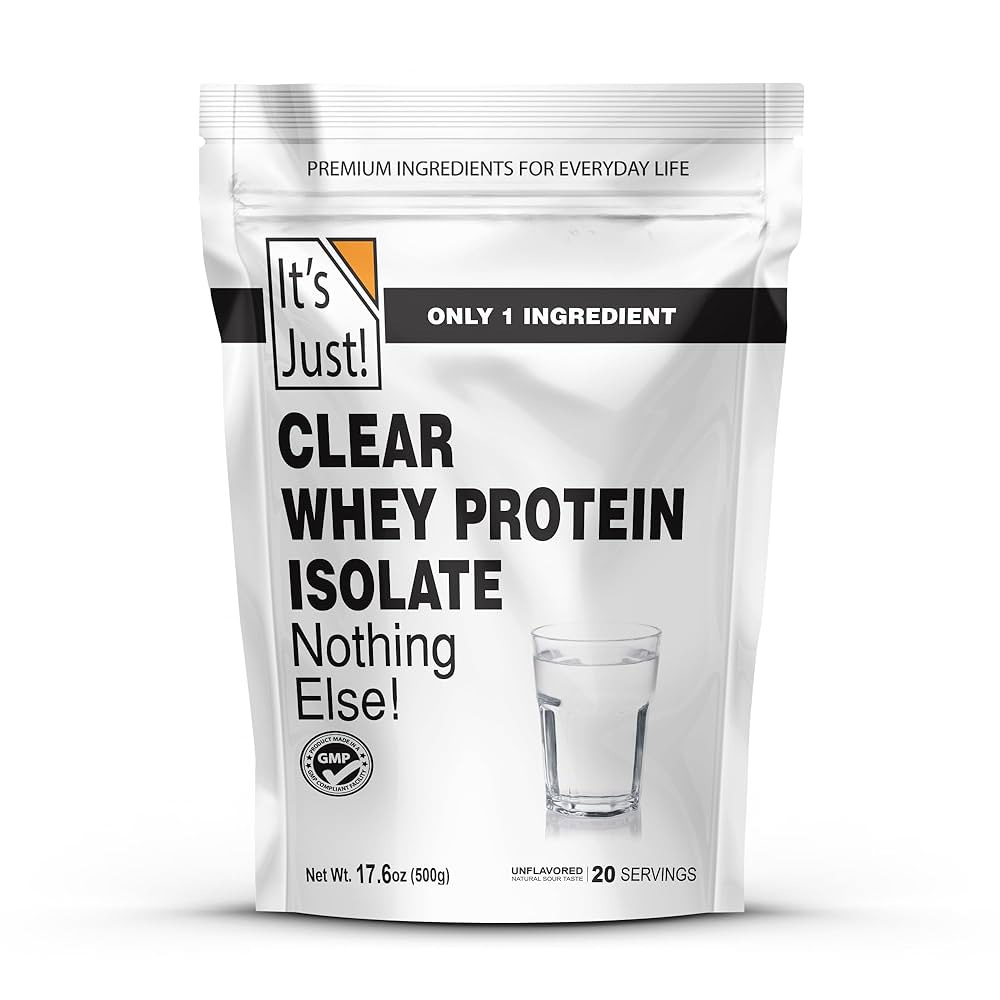
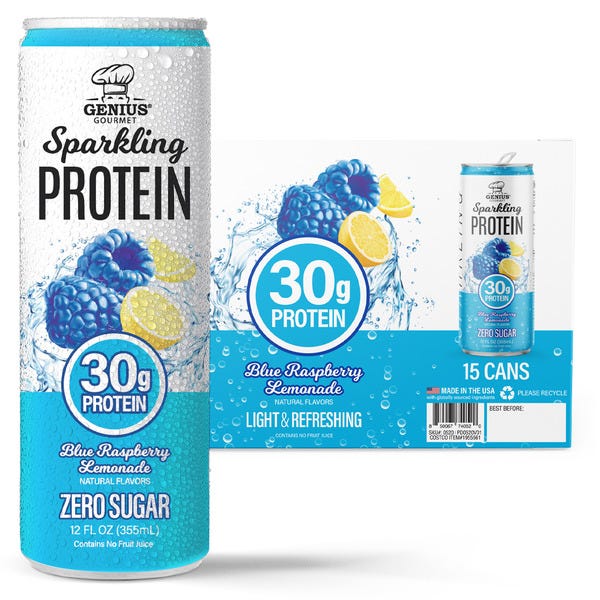
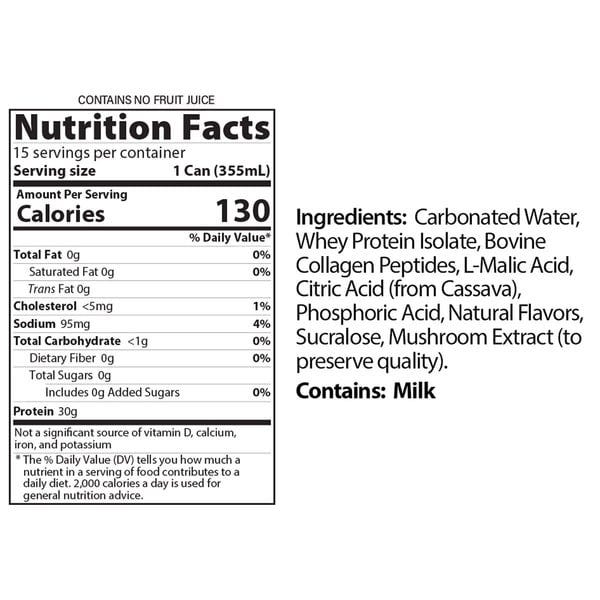
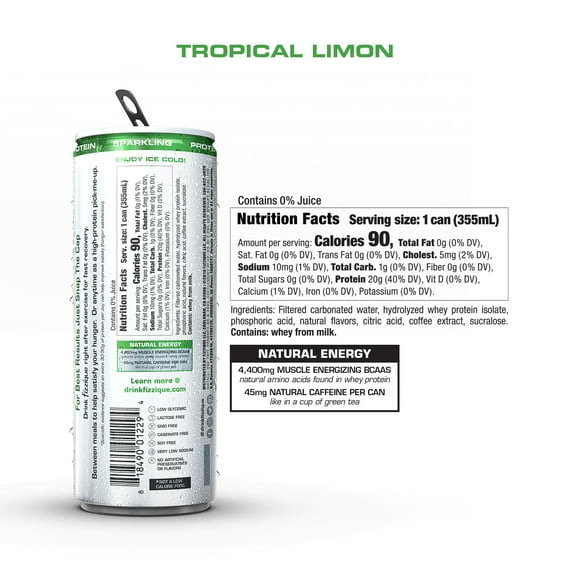
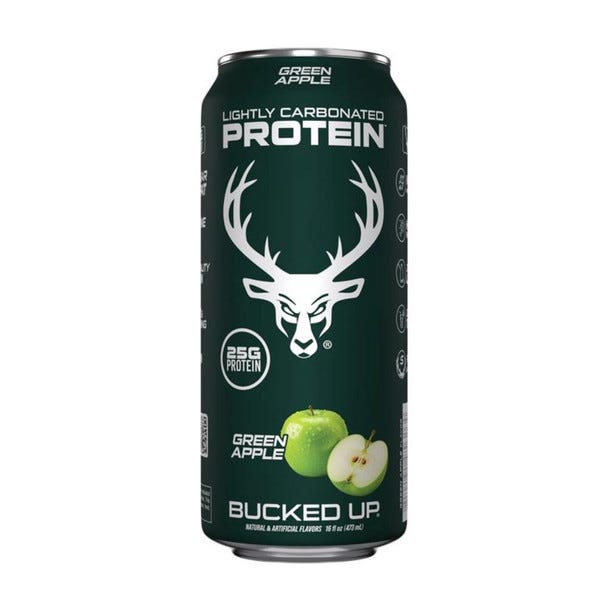
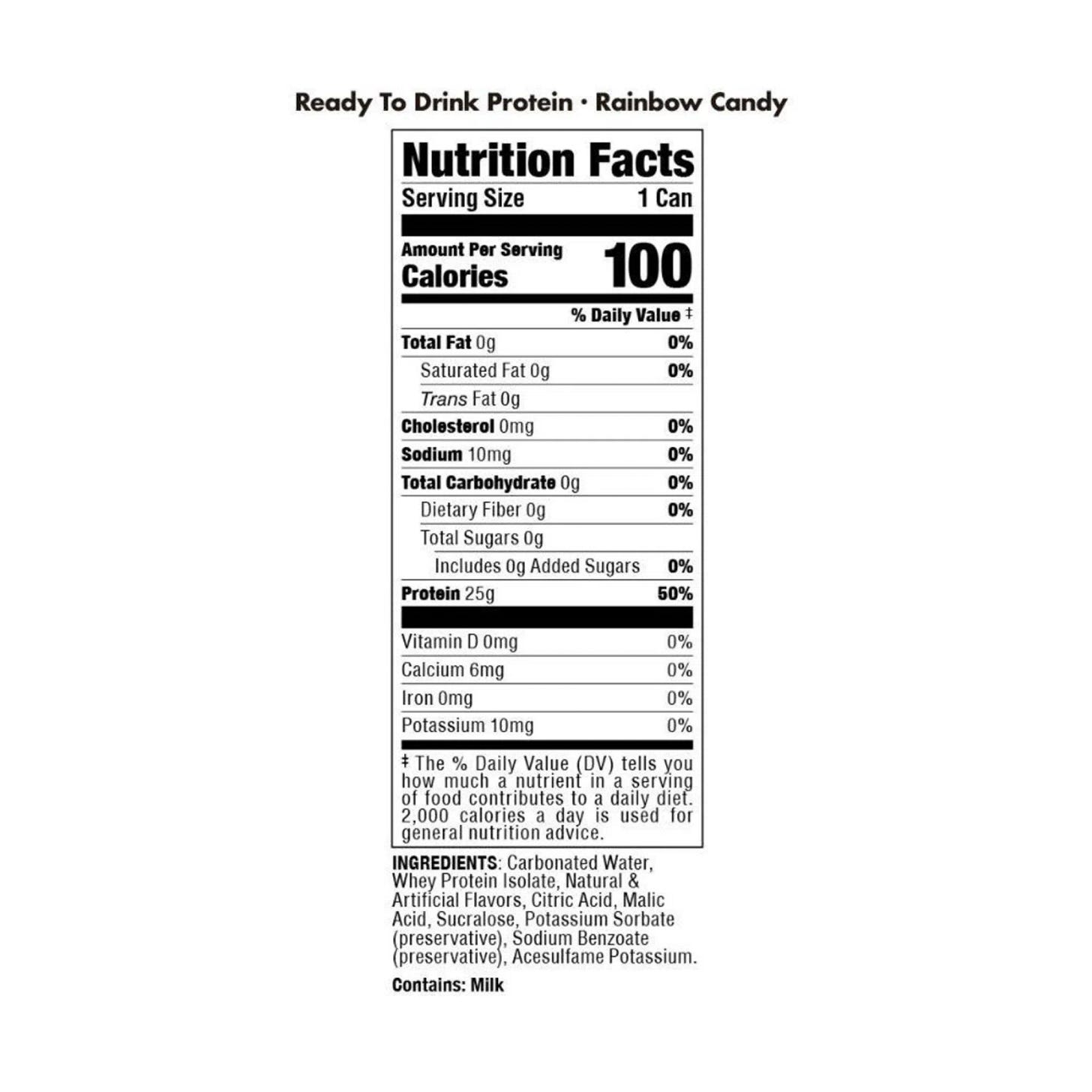

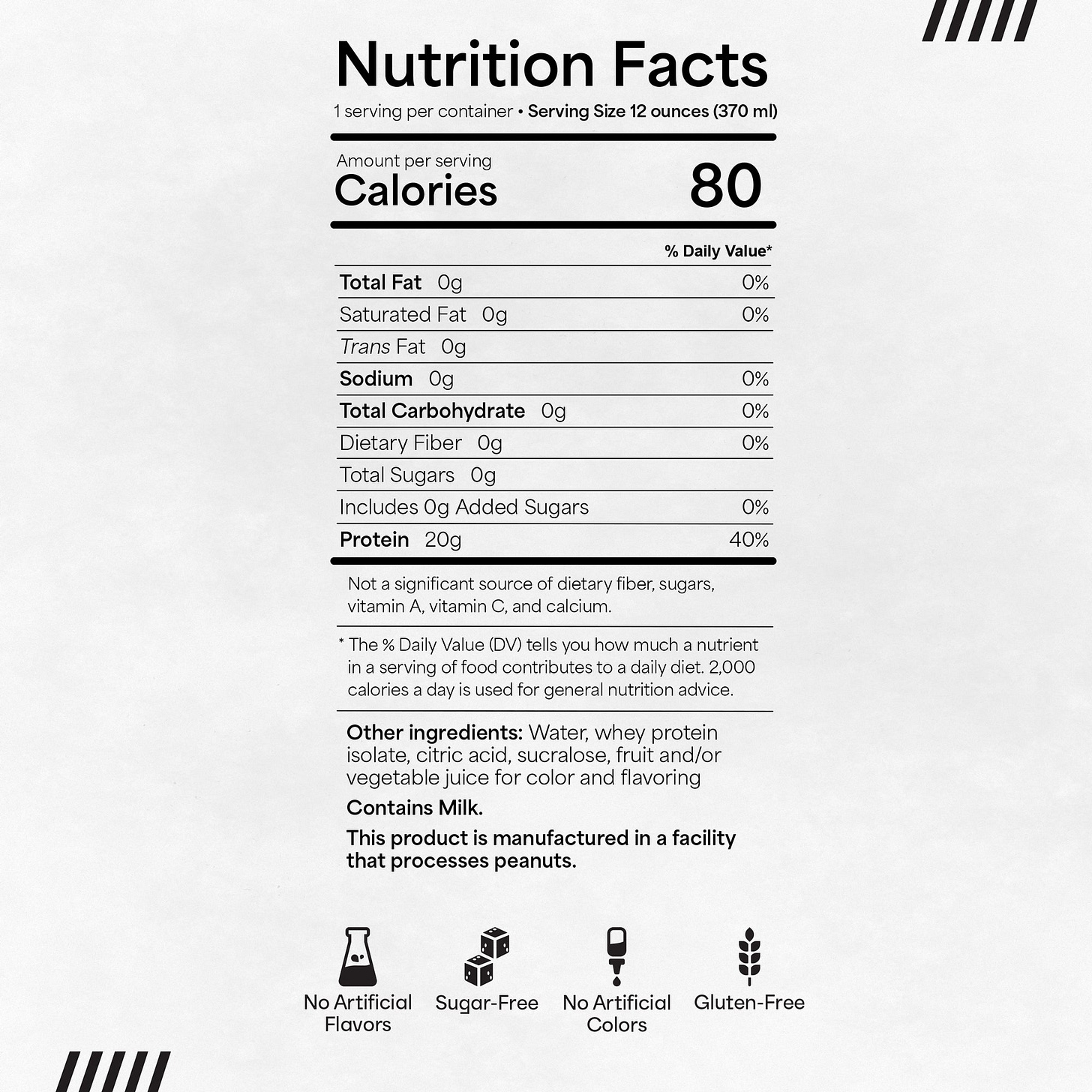
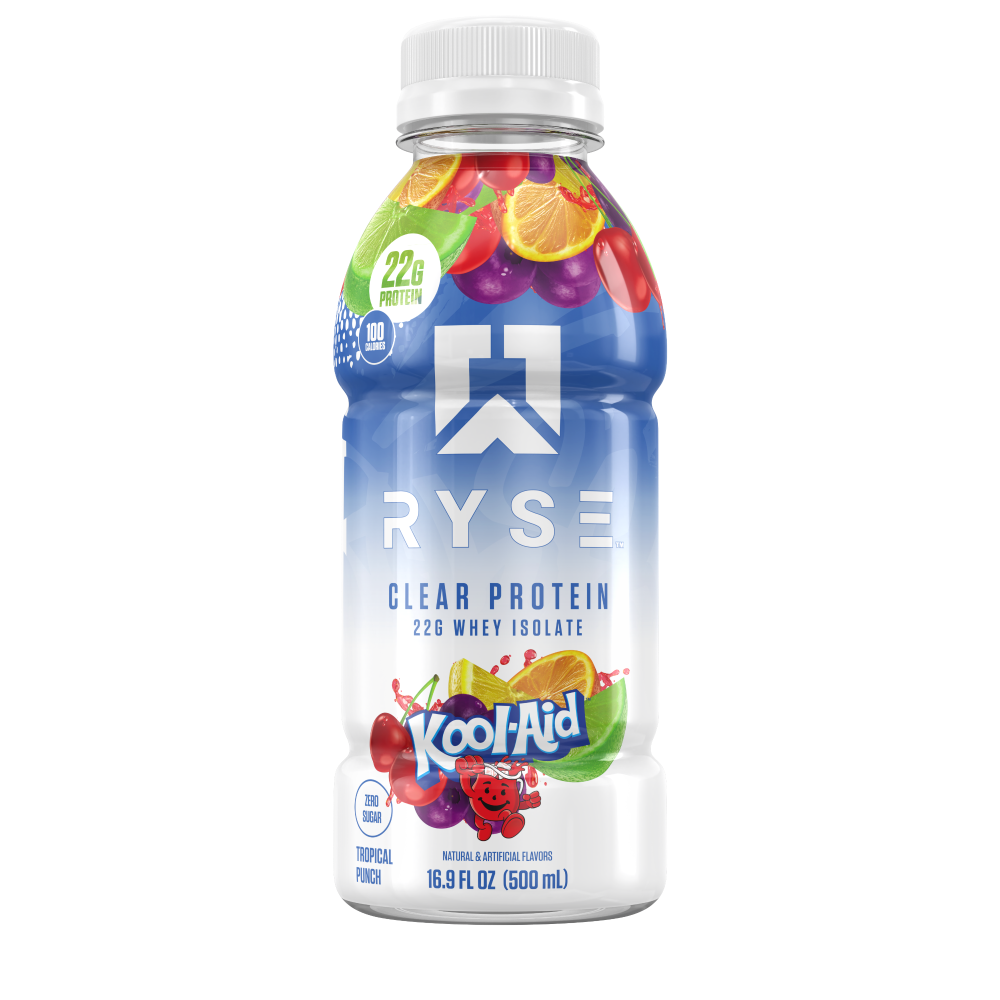

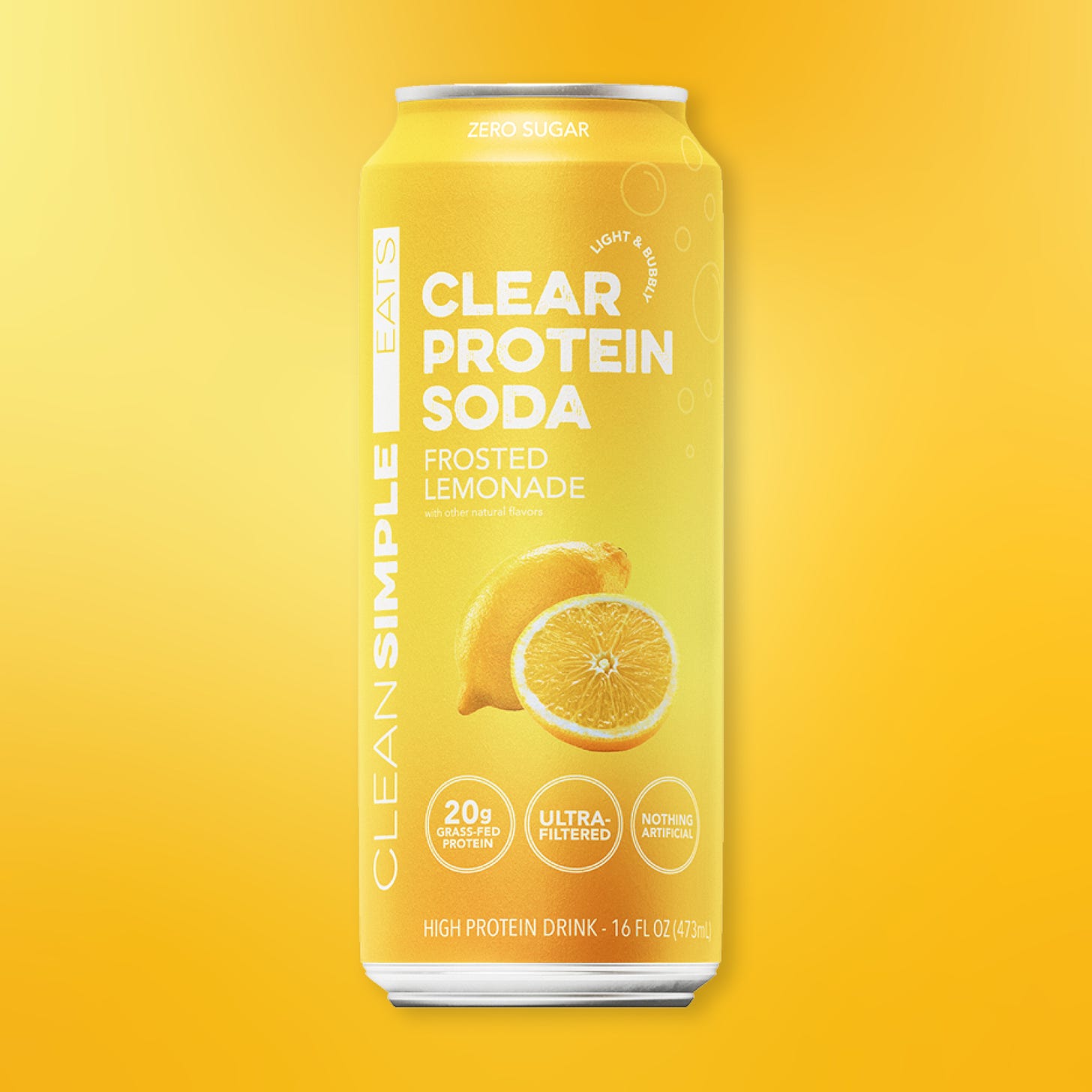
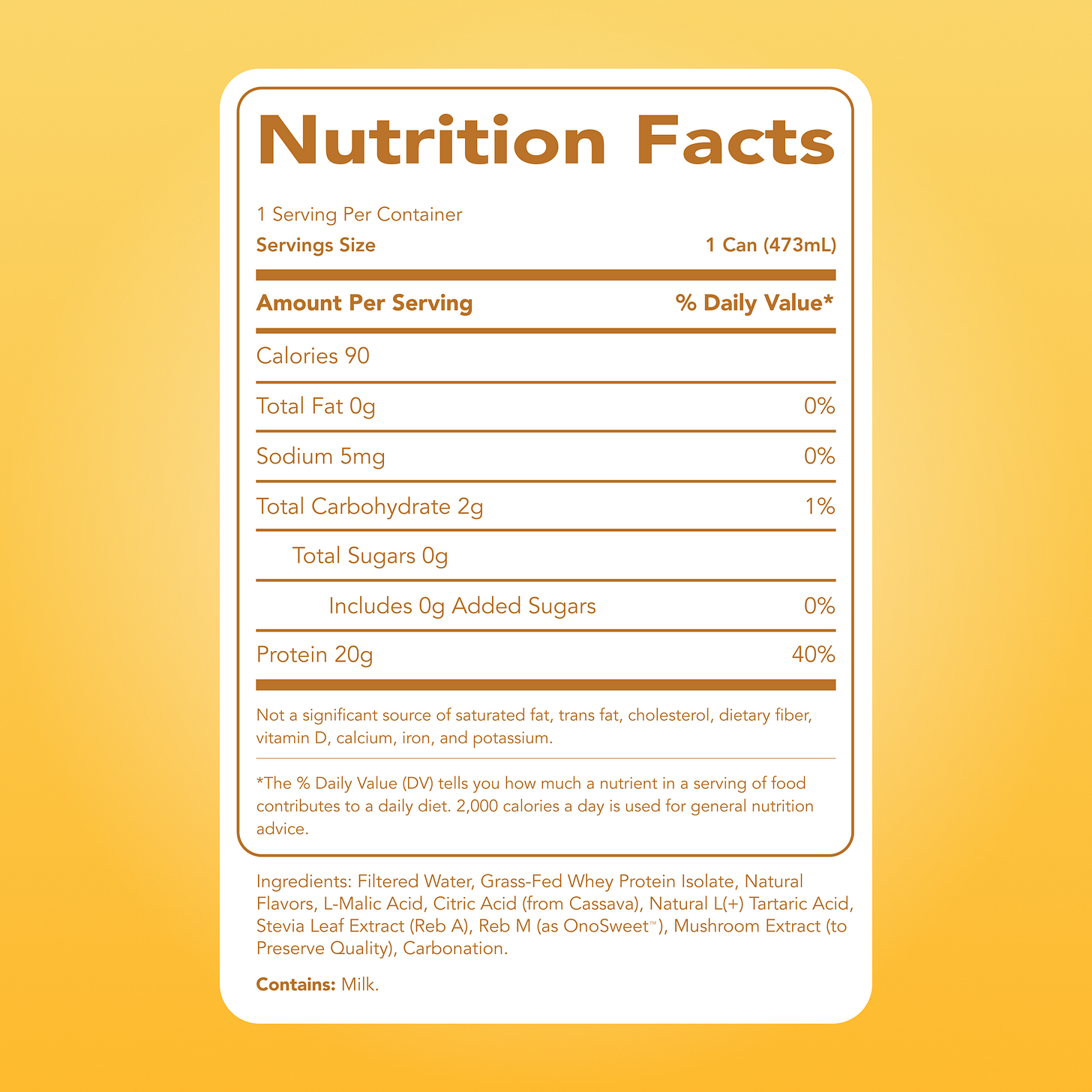
Any new reco's?